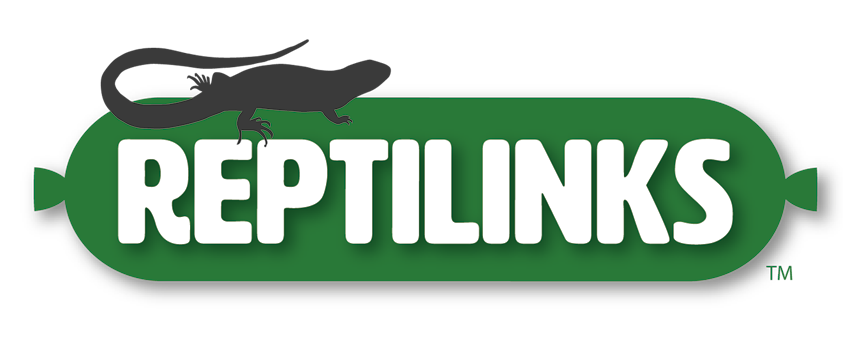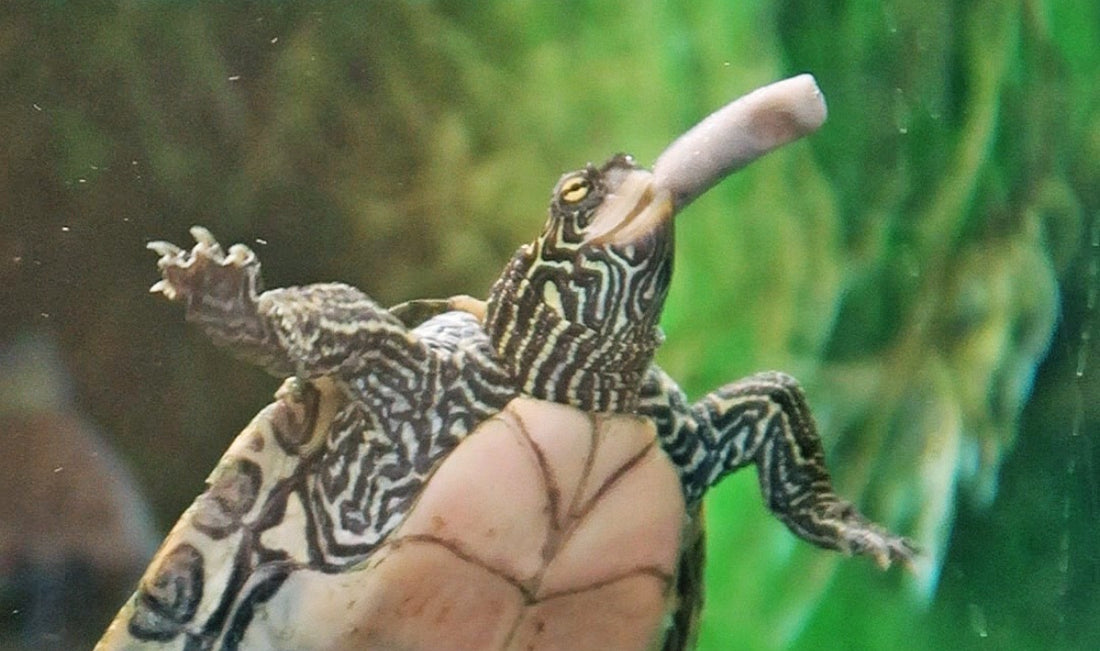Preparing the right food for an exotic pet always poses a challenge, but those caring for turtles have to contend with additional hurdles that the average pet owner doesn’t. Turtles need foods rich in vitamin A, and owners must monitor calcium and mineral intake to ensure their animal’s shell continues to develop normally. Without a balanced mixture of vitamins and other nutrients, turtles and especially tortoises can develop pyramiding, or shell malformations that can damage their quality of life.
The good news is that Reptilinks offers a wide range of nutritionally rich link options. From omnivorous tortoises to turtles that thrive primarily on animal proteins, there’s a link for just about everyone. Here’s an overview of how Reptilinks can fulfill the nutritional needs of your pet turtle or tortoise to simplify feeding time and keep your pet happy and healthy for as long as possible.
Can Turtles Eat Reptilinks?
In short—yes! Both tortoises and turtles can enjoy a range of Reptilinks items. The natural collagen casing keeps the ingredients together, but it’s soft and easy to digest, so your turtle’s beak will have no issue navigating this food item. As an additional benefit, Reptilinks keep all of the meal wrapped together, so you won’t dirty your turtle’s aquatic habitat with uneaten food items. The casing doesn’t dissolve in water, so your animal is free to drag the link under the surface and engage in natural swimming and chasing behaviors.
How Reptilinks Mimic a Turtle’s Natural Diet
A big part of the reason why many people use Reptilinks to feed their turtles is because they’re a great way to incorporate greens into the diet of a picky eater. Many turtles are omnivorous in the wild but primarily target animal proteins, such as fish, insects, and worms. They might grab some plant matter from time to time, but most non-herbivorous species put up some fight when asked to eat their greens.
Reptilinks blends these greens in with appealing food items such as insects, so your turtle won’t even know they’ve been duped! Certain blends also contain fruits, which can make these food items especially appealing to herbivorous tortoises as well.
In the wild, turtles often consume their prey underwater, and Reptilinks are conducive for this natural behavior as well. They will not explode into a muddy mixture if your turtle’s beak punctures the casing, so your animal can carry the link around in its aquatic environment without the risk of its food item disintegrating.
What Kinds of Reptilinks Are Good for Turtles?
A wide range of species make up the turtle and tortoise categories, and each one will have its own dietary needs based on its natural habitat. For animals that hunt both small prey and insects in the wild but need their greens, the omnivore blend is a suitable option. Made of 50% vegetables (but no fruit), 25% insects, and 25% rabbit, the omnivore blend links target the balanced nutrition your turtle needs without the risk of them leaving their greens uneaten. A 50/50 omnivore blend is also available if your turtle doesn’t consume insects in the wild but still needs those animal proteins and greens.
Some species are more carnivorous, such as snapping turtles. Owners report that for these pets, the Mega Blend links are consistently popular. With their mixture of Guinea fowl, chicken, quail, rabbit, and bullfrog, the Mega Blend links cover a broad spectrum of vitamins and minerals that your turtle needs to stay healthy. They’re also a simpler alternative to sourcing hard-to-find proteins, such as amphibians, that your turtle would consume naturally in the wild.
Reptilinks understands that it’s critical to use the entire animal when creating food items, especially for turtles and tortoises. Because these pets need so much vitamin A, many commercial diets need to be supplemented. However, Reptilinks creates a grind from the whole animal—including its liver, where the majority of the vitamin A is stored.
Additionally, blends with bird protein such as the Mega Blend links include some level of ground feathers, which are rich in keratin and amino acids like serine, which serve as precursors. In other words, by incorporating the whole animal, your pet gets nutrients that create the foundations for cell development, protein synthesis, and more.
Portion Sizes and Feeding Frequency
Reptilinks are highly convenient for tortoise and turtle owners, but it’s important to remember that convenience shouldn’t trump proper care. Reptilinks are packed with nutrition, which makes them higher in calories than many other types of food items. There are two ways to adjust how much your turtle is eating to keep them healthy.
The first is by curating the size of the food. It’s completely fine to select Reptilinks that are smaller than your turtle can fit into their mouths. By selecting small links, you can adjust how many they eat more conveniently (rather than having to cut a large link in half). Pivoting is simple; if you notice your animal gaining too much weight, cutting down their portion size by one link is easier when you’re feeding a greater number of small links. Conversely, if your pet is showing signs that they’re not eating enough, simply adding another link is simple. Smaller links also allow for variety; you can create a salad or mixture of other favored foods and include a link or two as a treat.
Alternatively, you can modify your animal’s overall intake by adjusting their feeding schedule. Most adult turtles and tortoises do not need to eat every day. Feeding a larger meal every other day may be more beneficial than offering food once per day or more. Your turtle’s age will impact this strategy as well; younger animals tend to benefit from taking food more often in smaller portions.
Reptilinks are convenient because they can be frozen for months as you determine which feeding schedule and portion size is ideal for your animal. Keep the links frozen and then defrost before a meal, or store links in the fridge for a few days ahead of time. Freezing a Reptilink does not reduce its nutritional quality, so don’t hesitate to buy in bulk!

